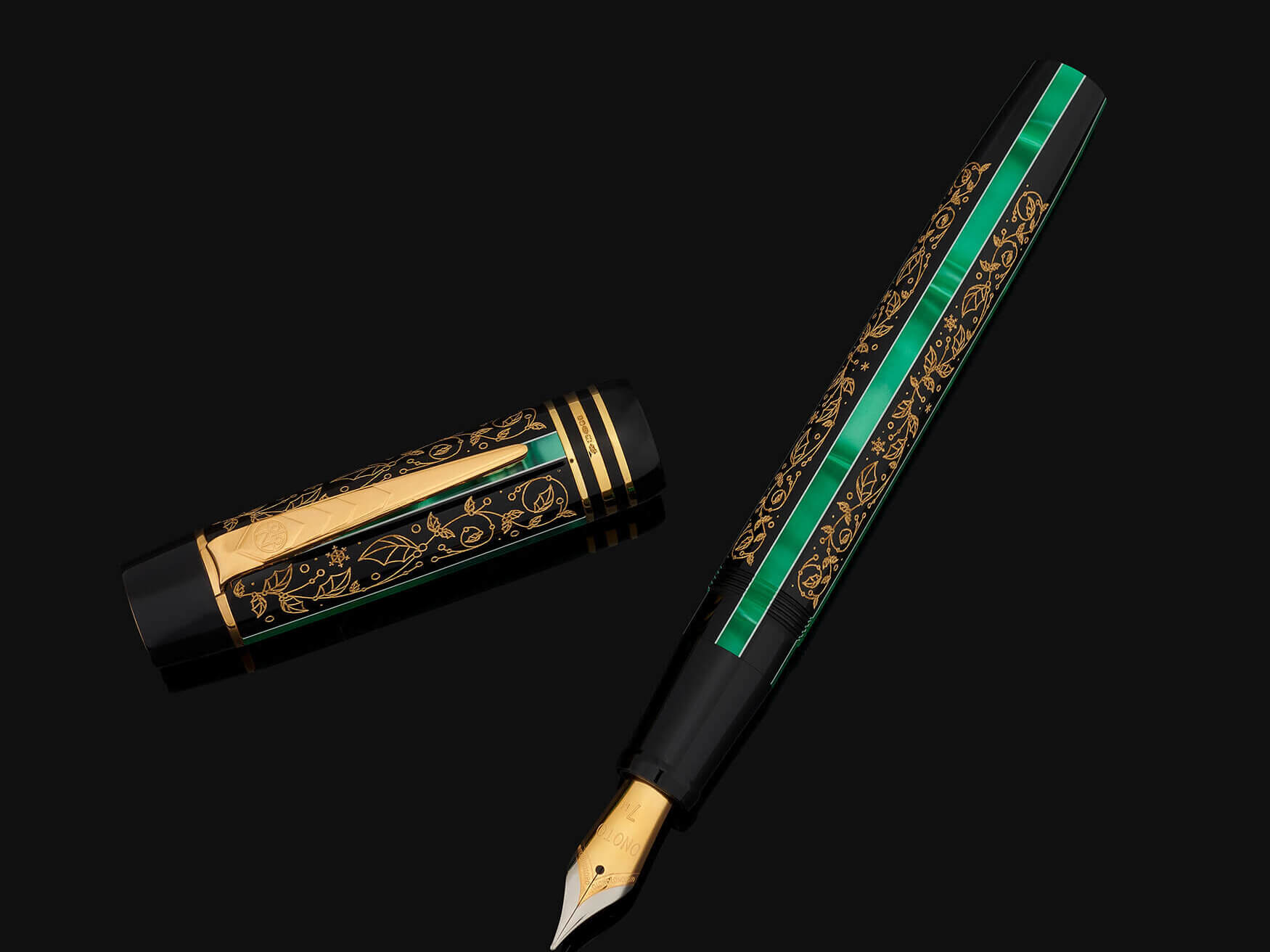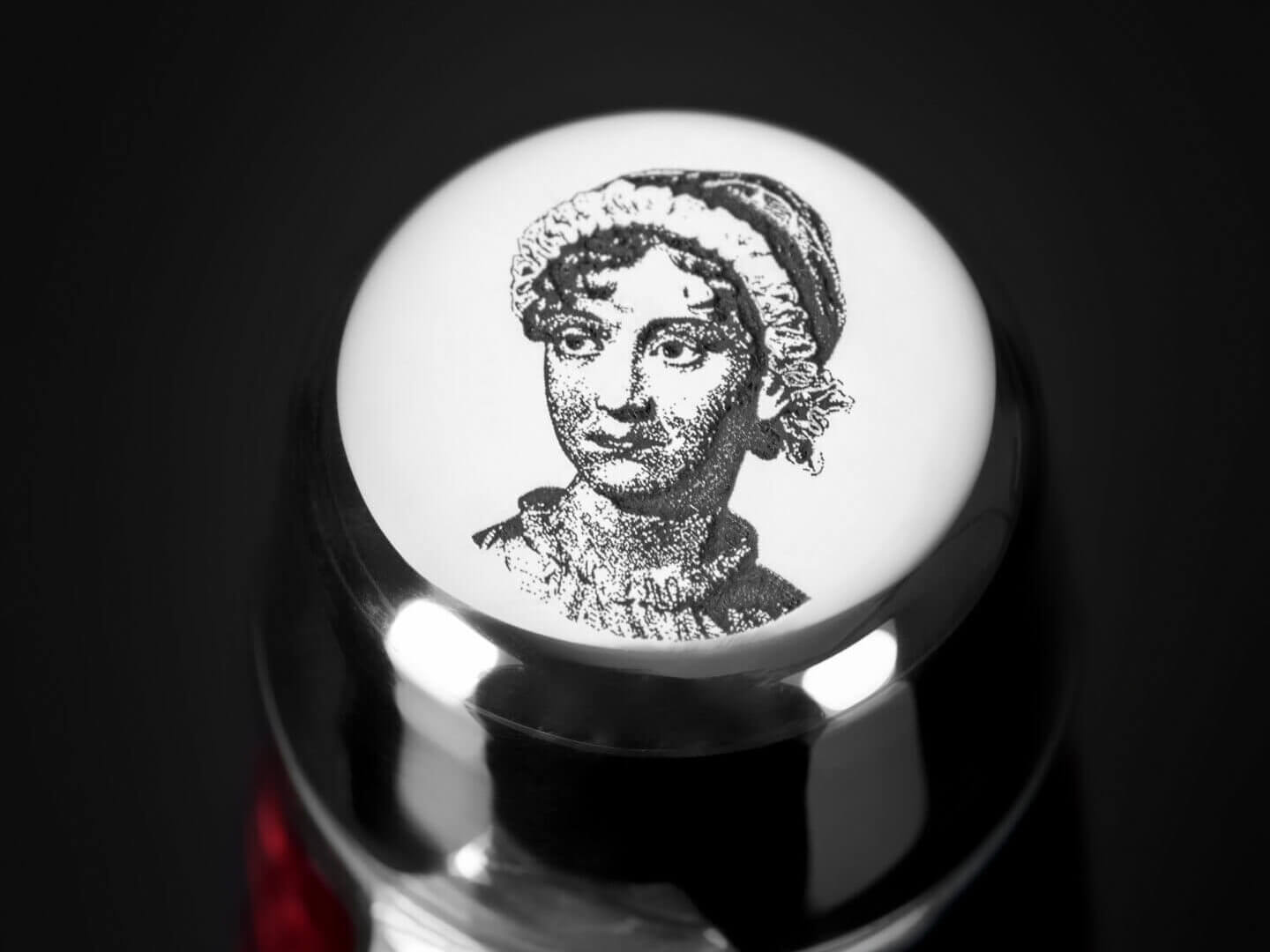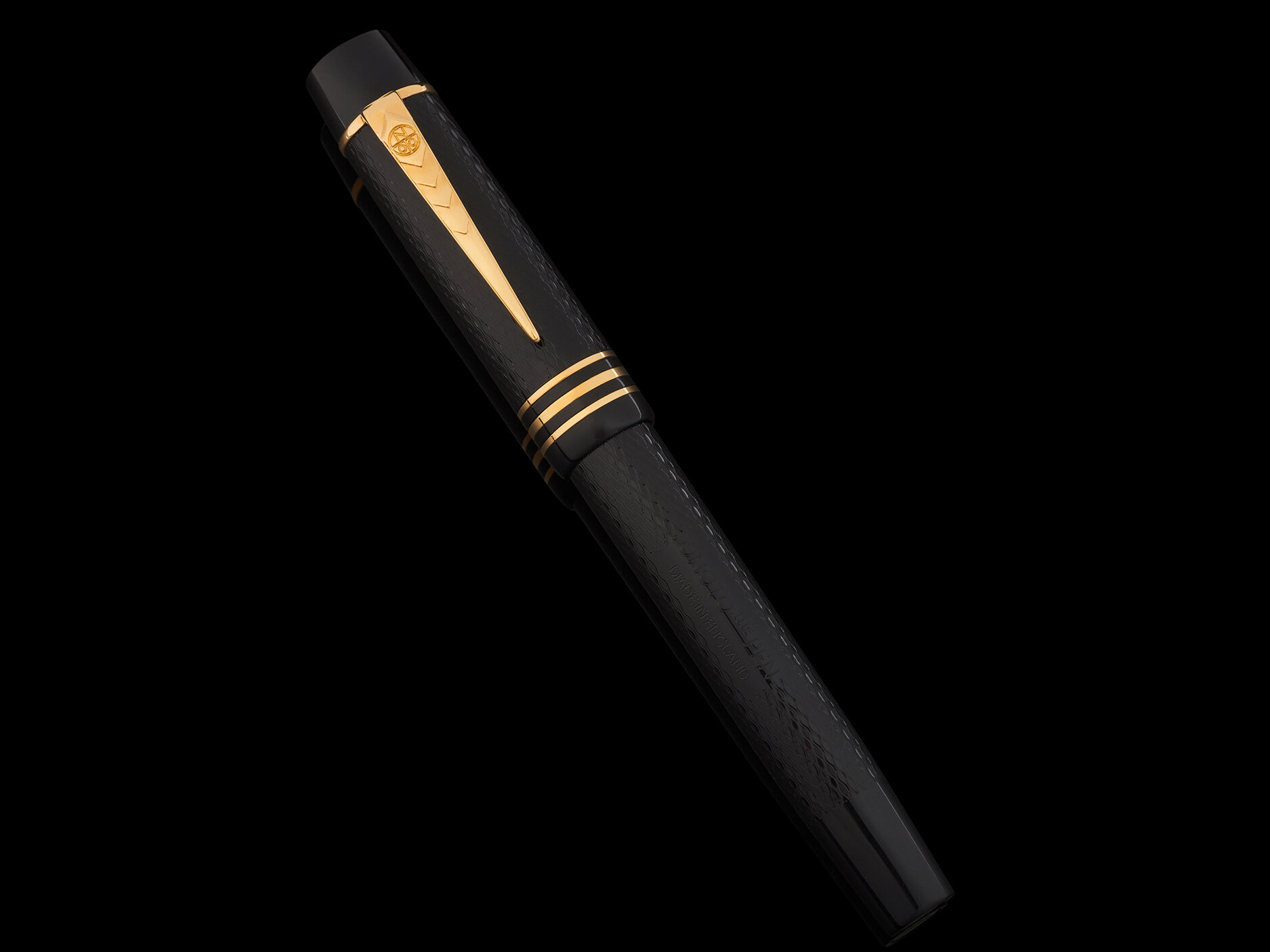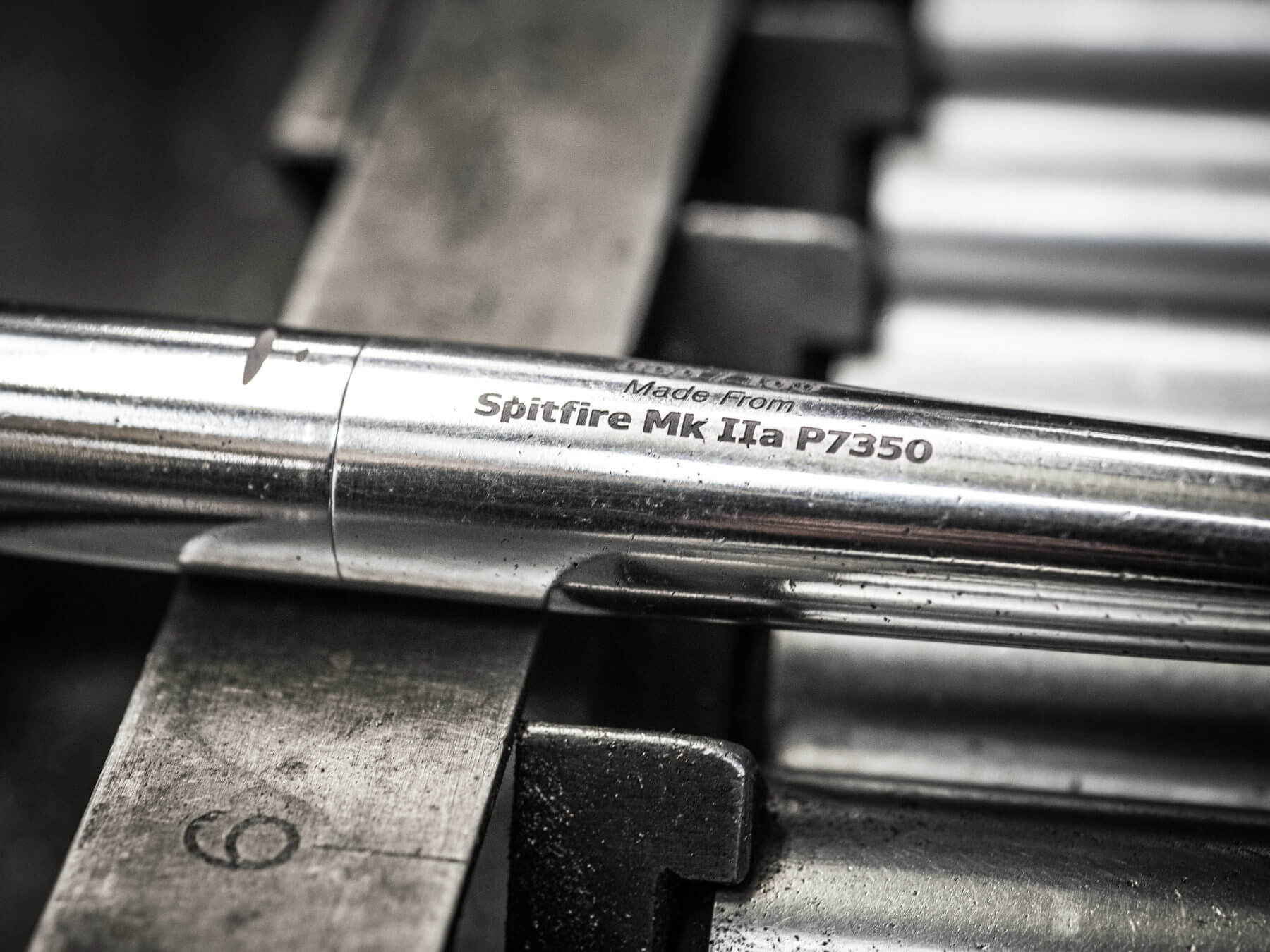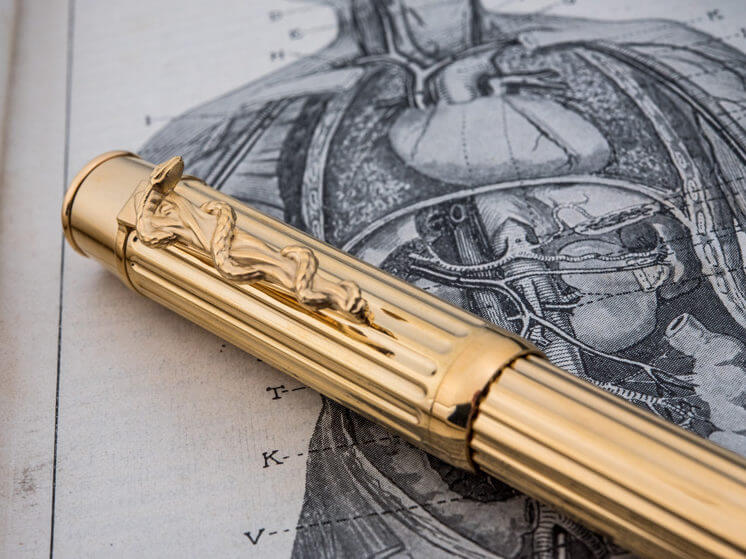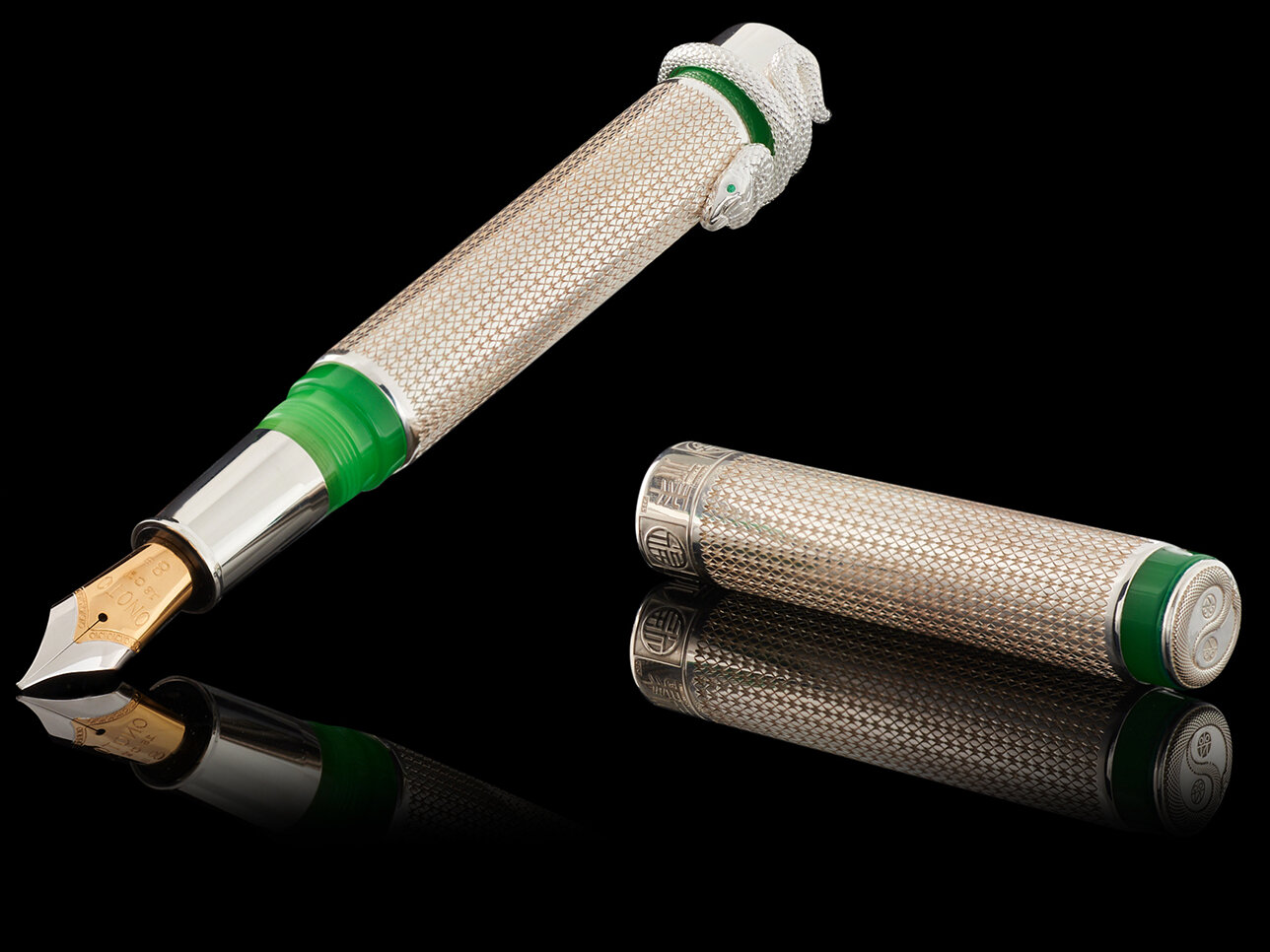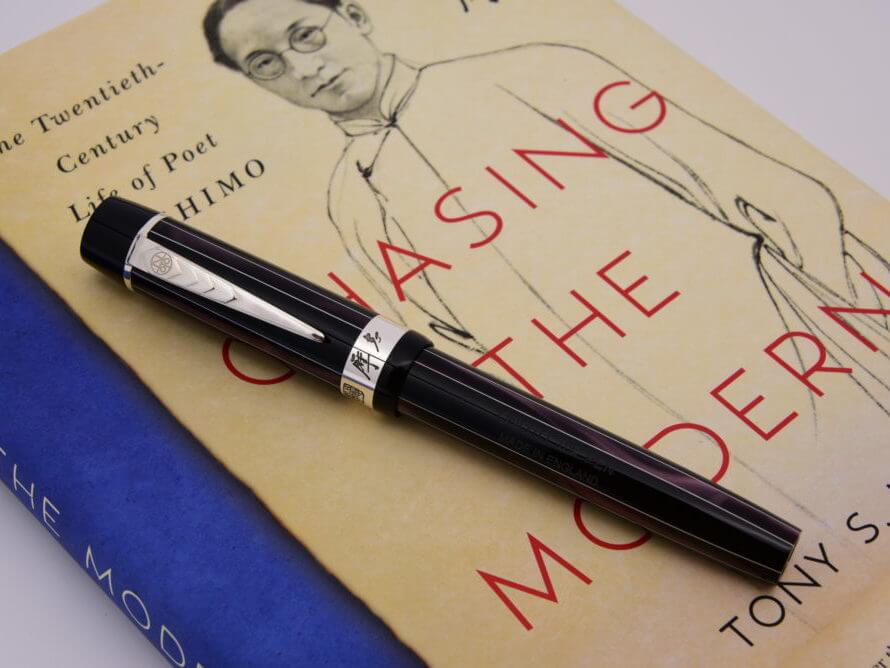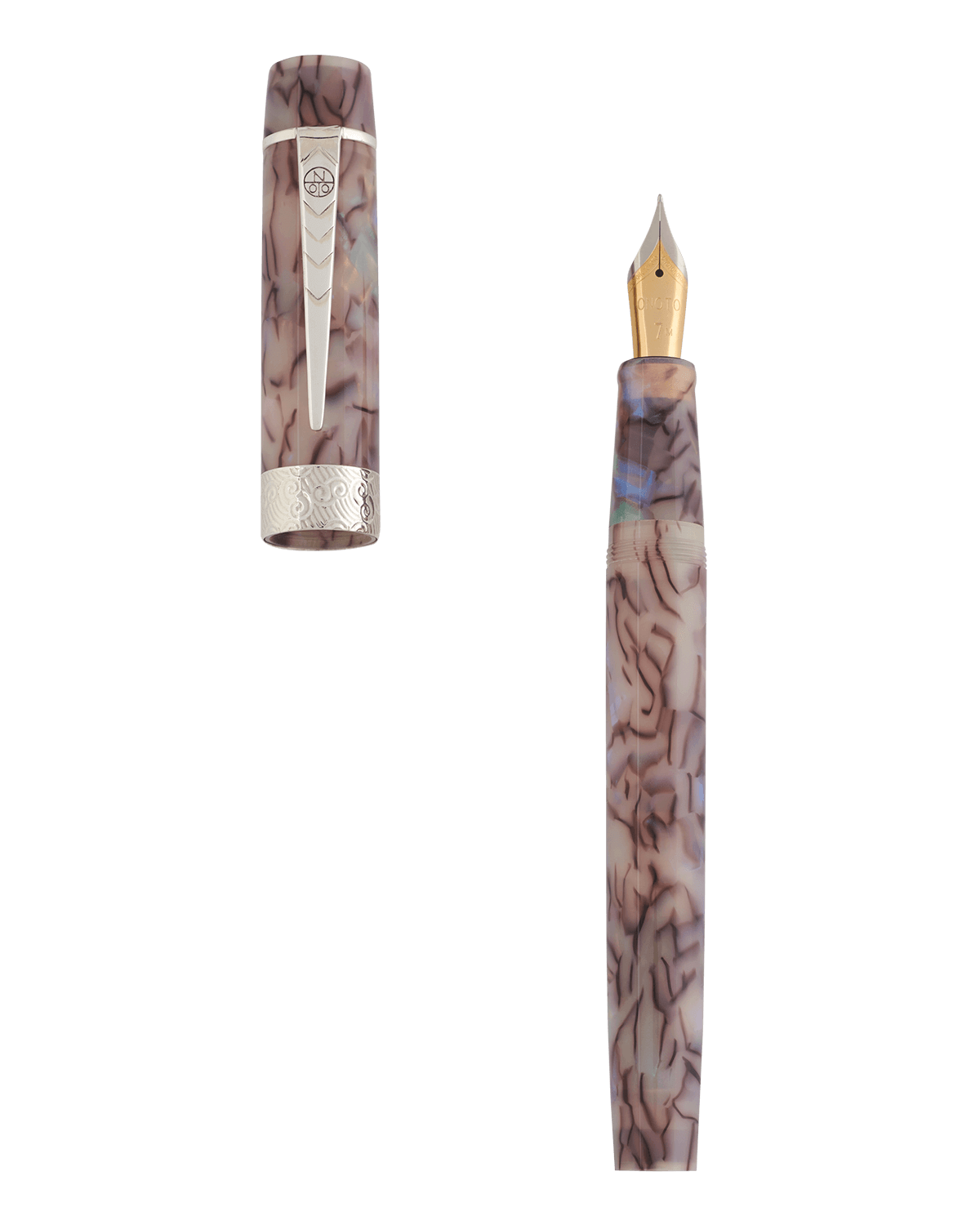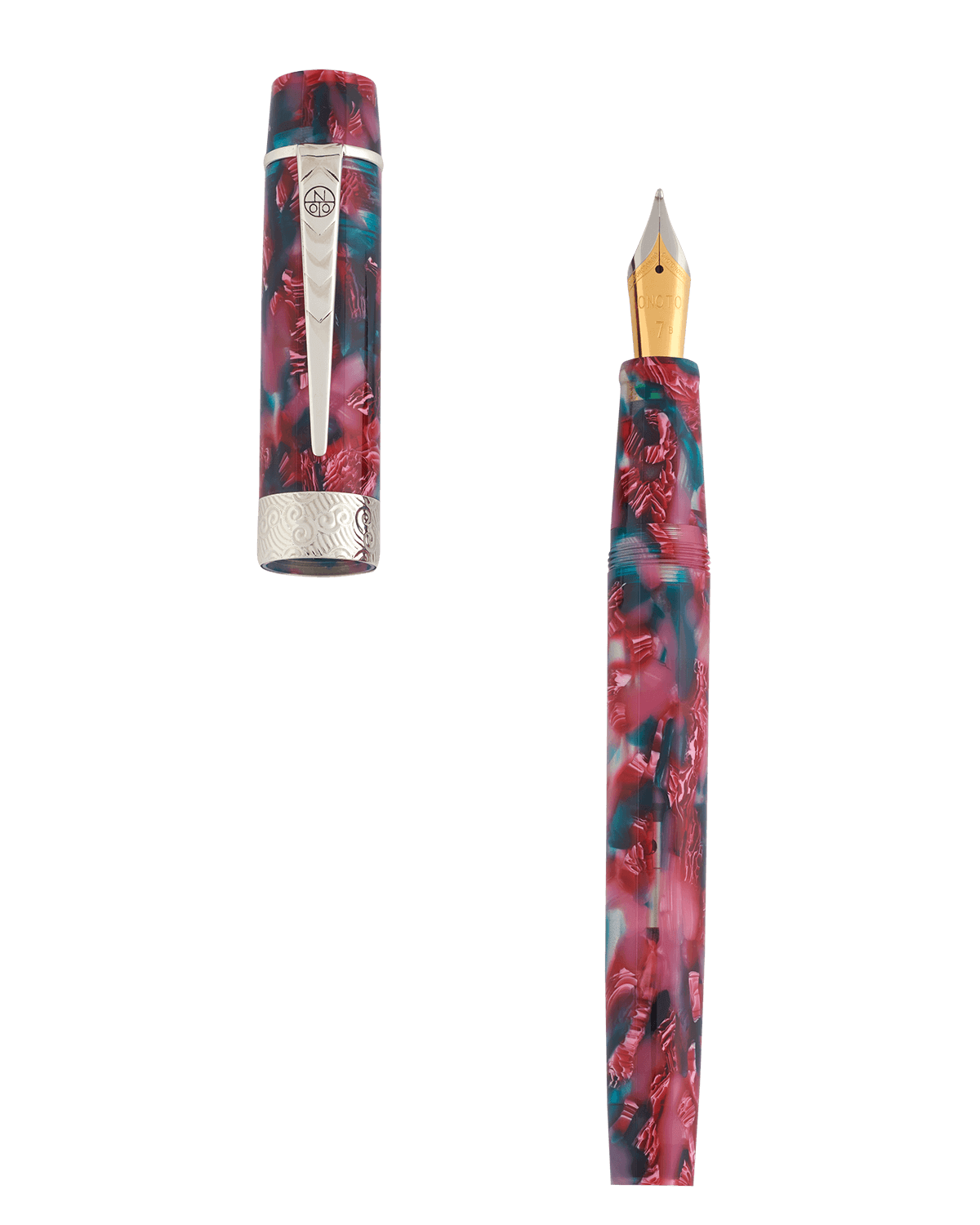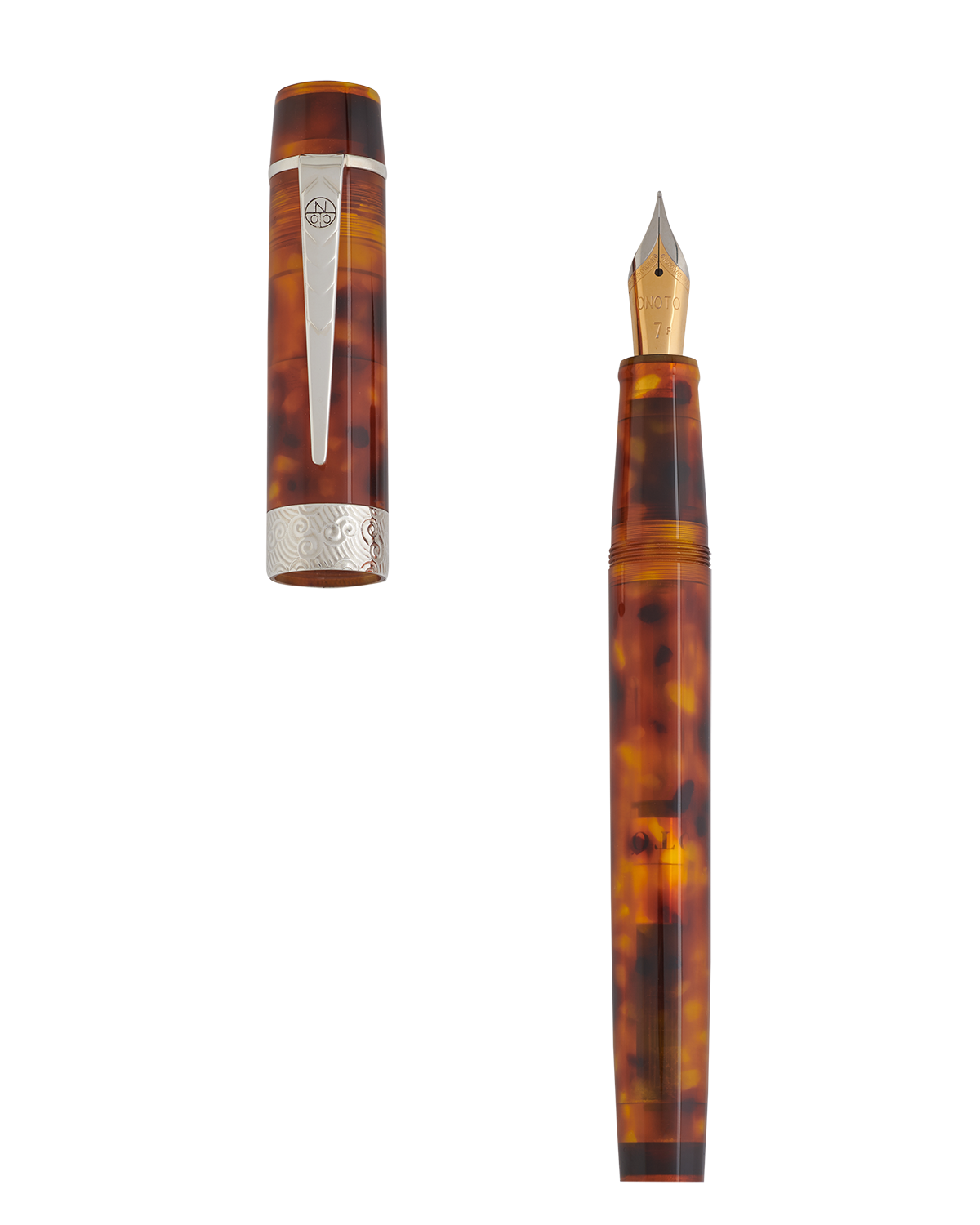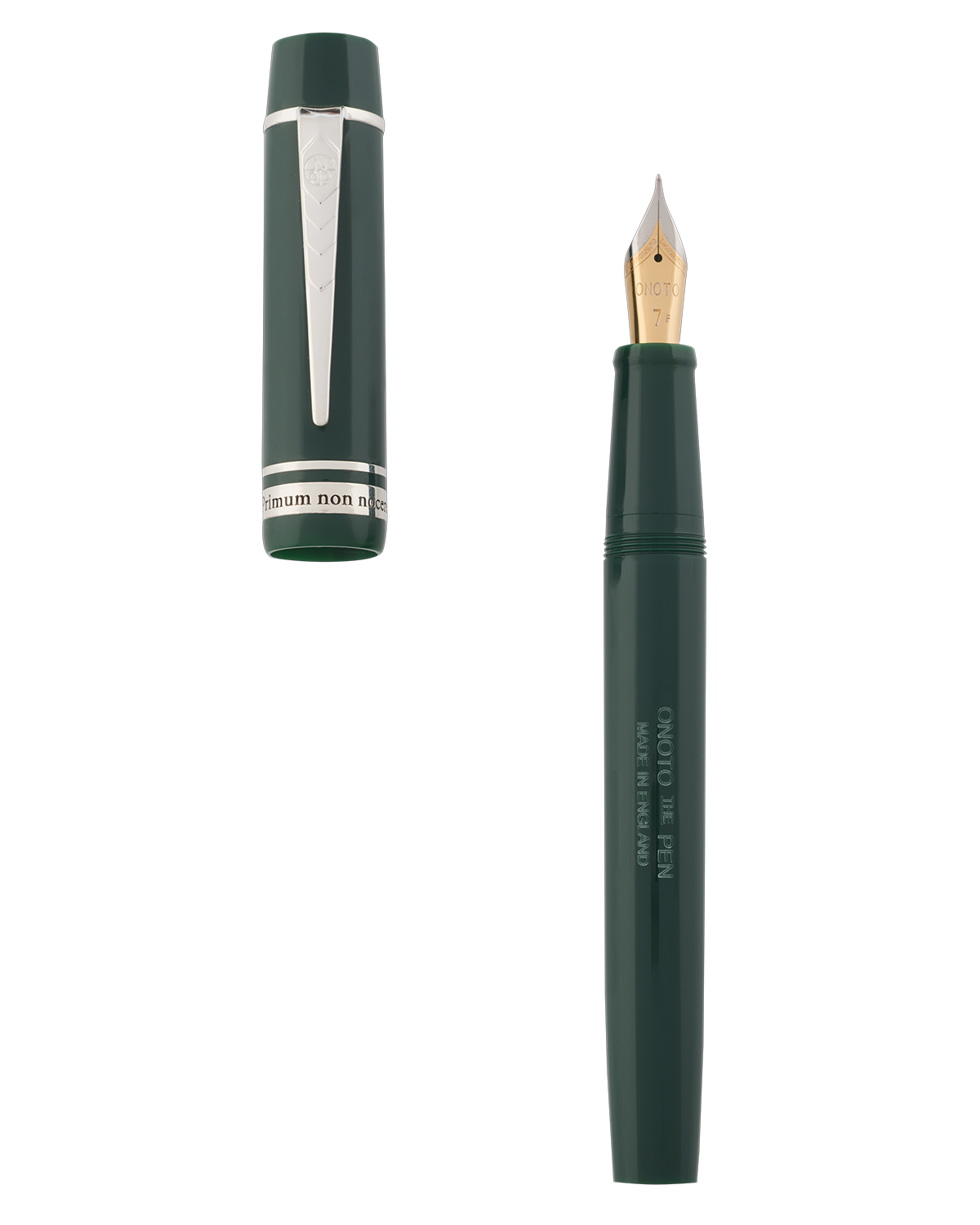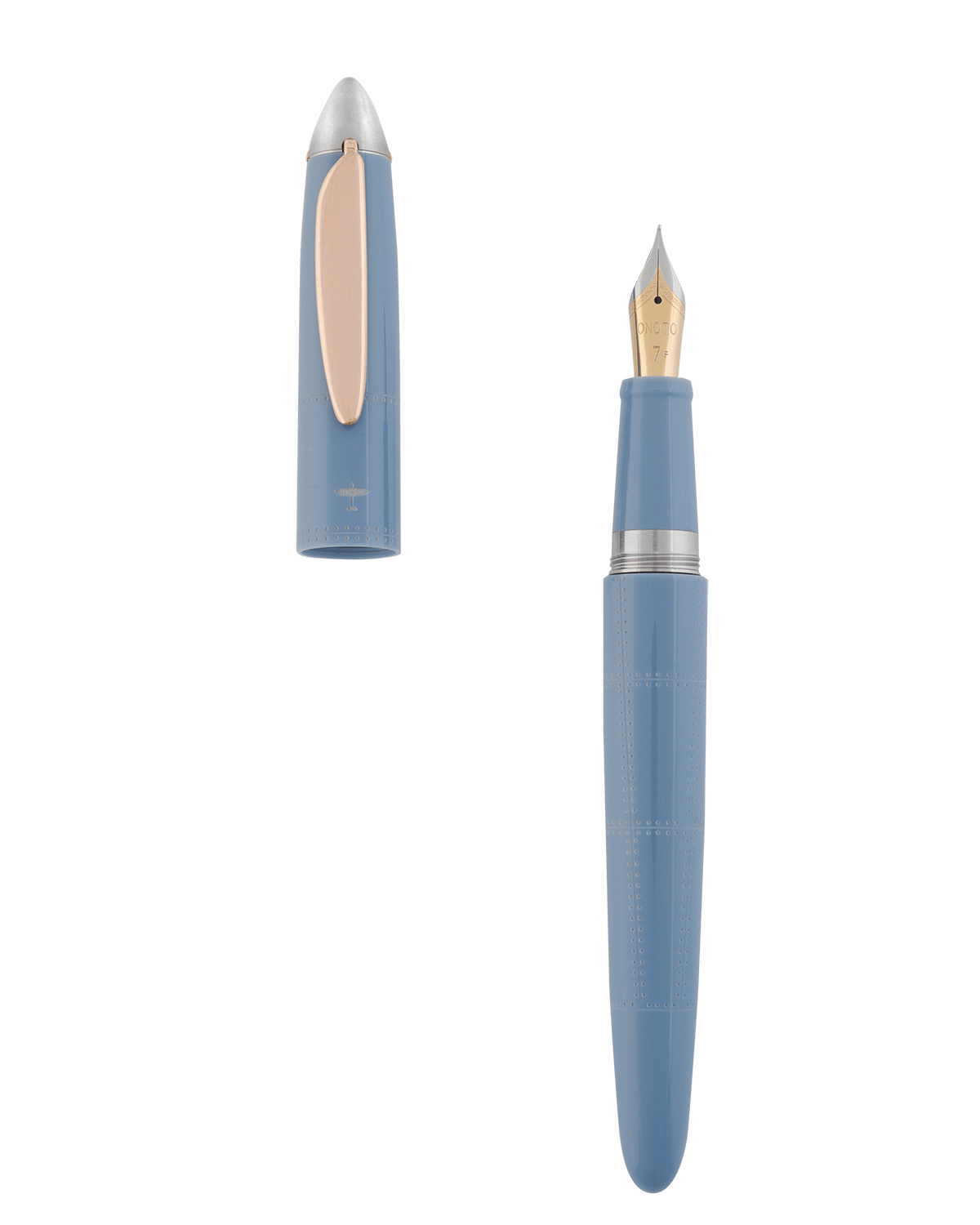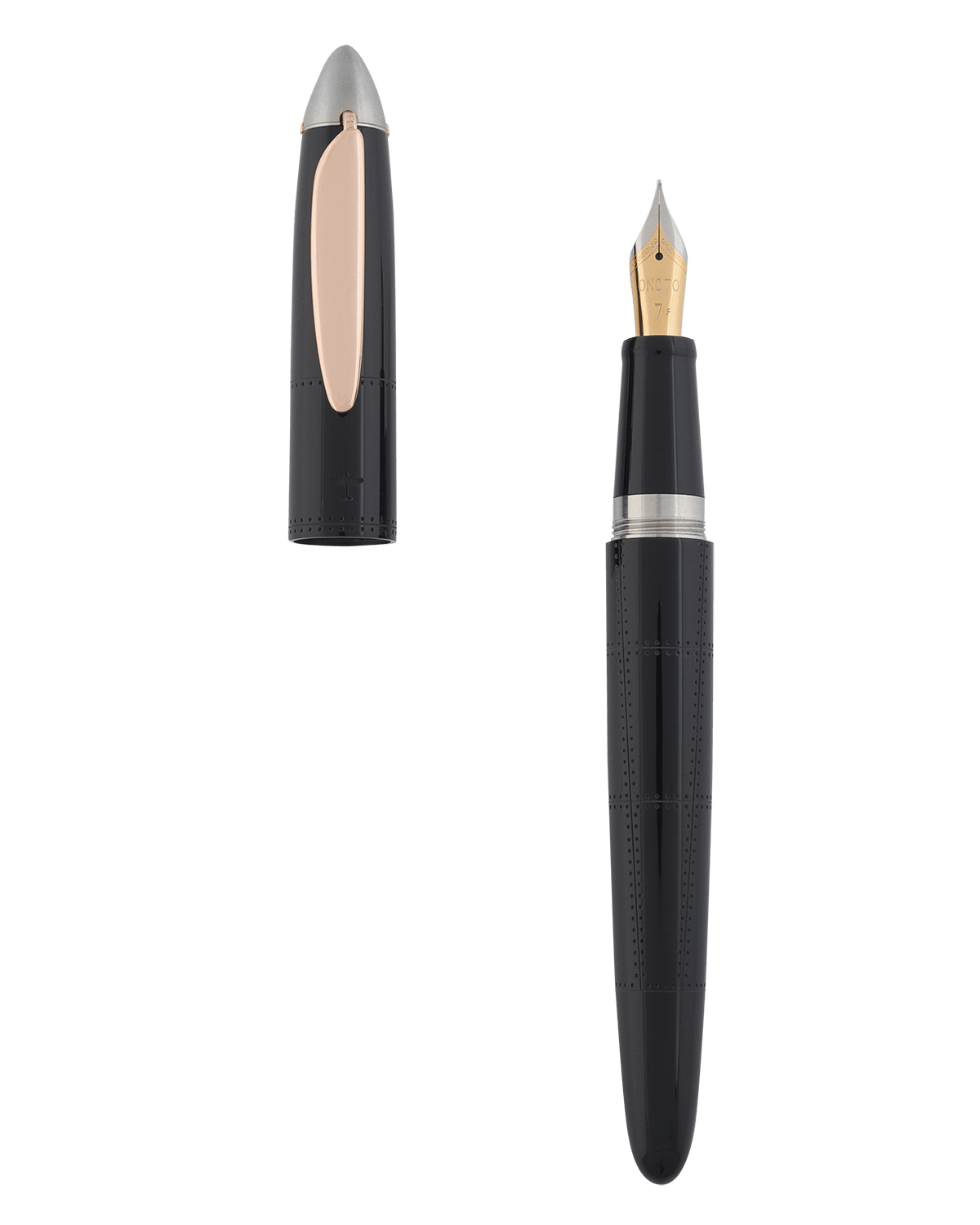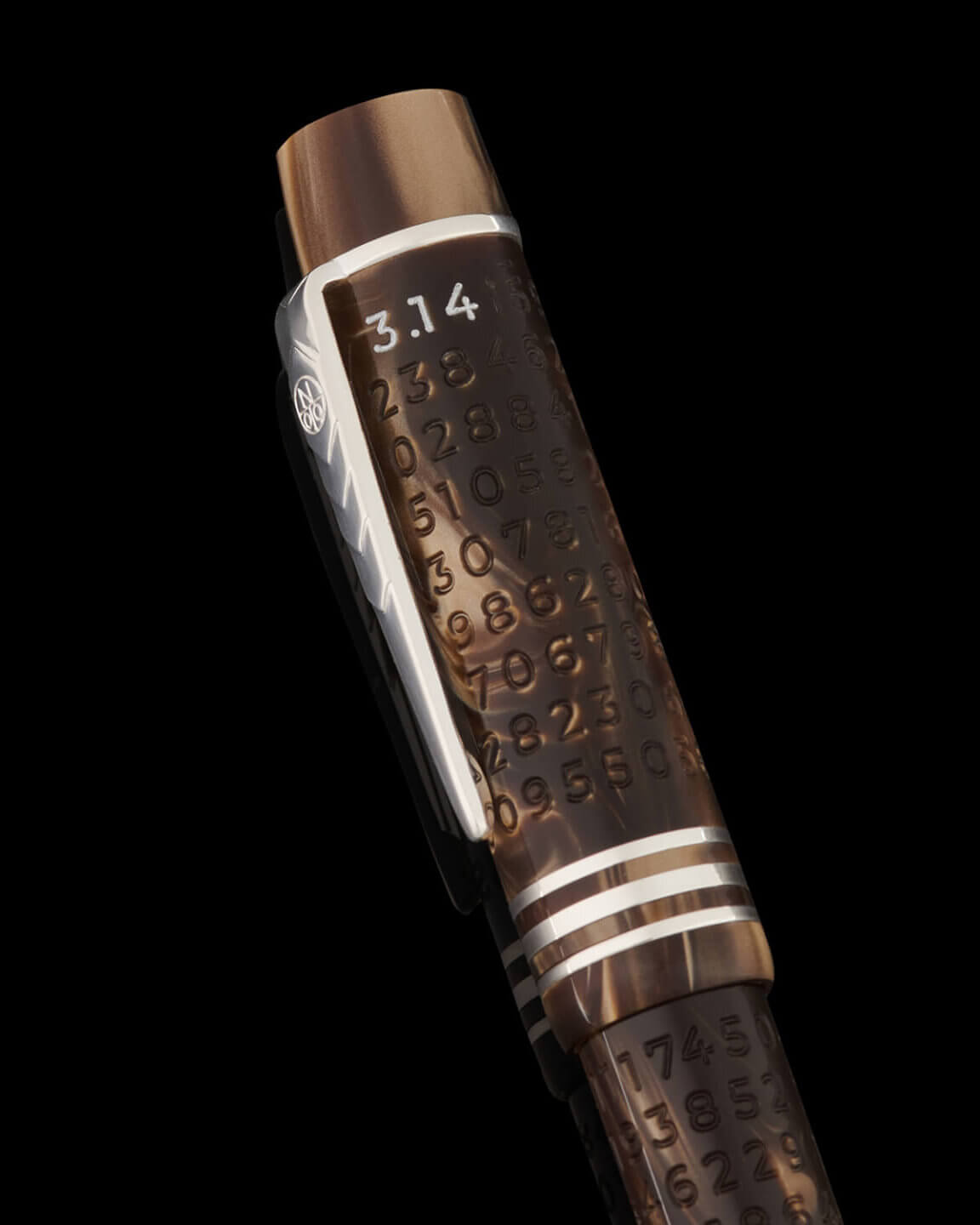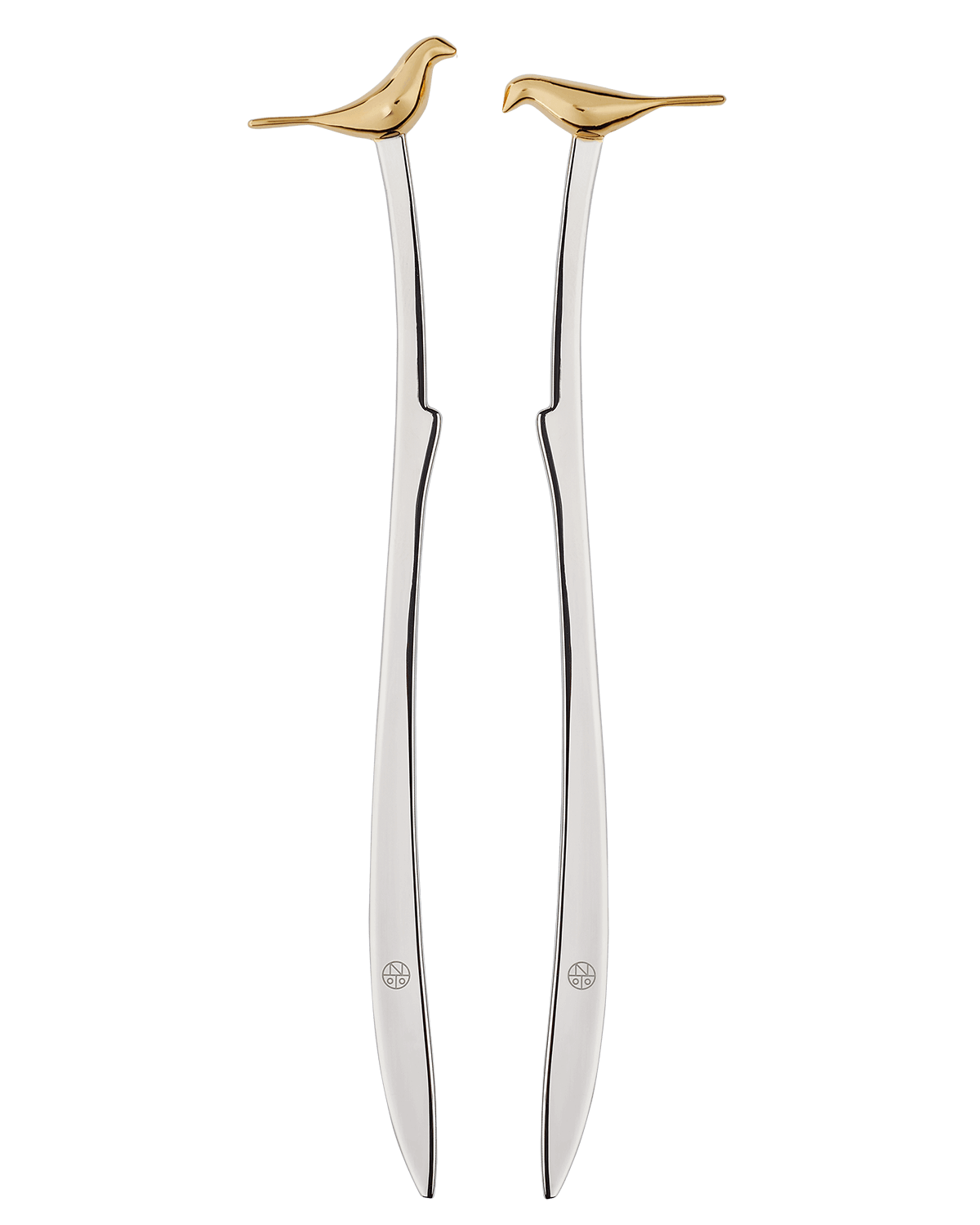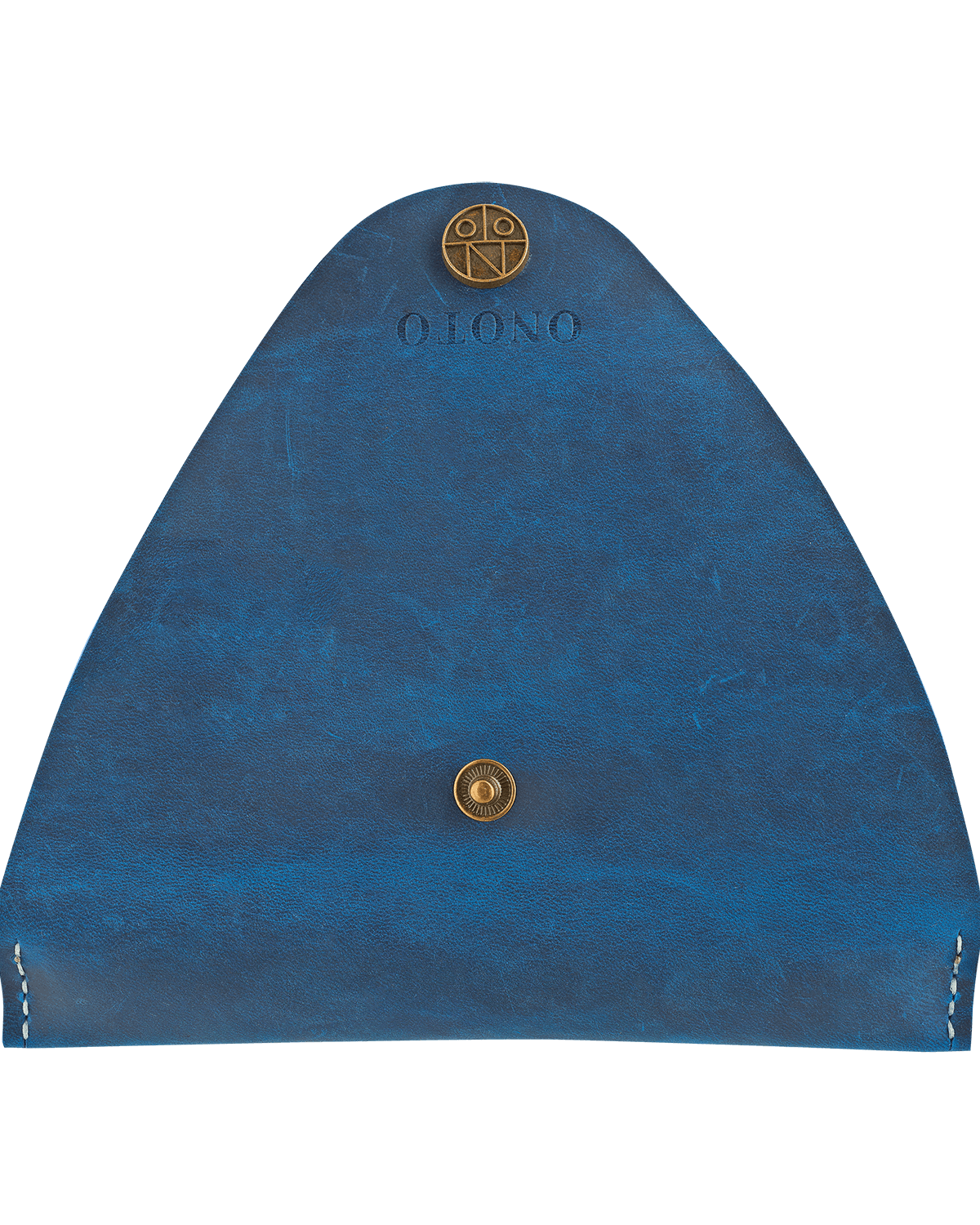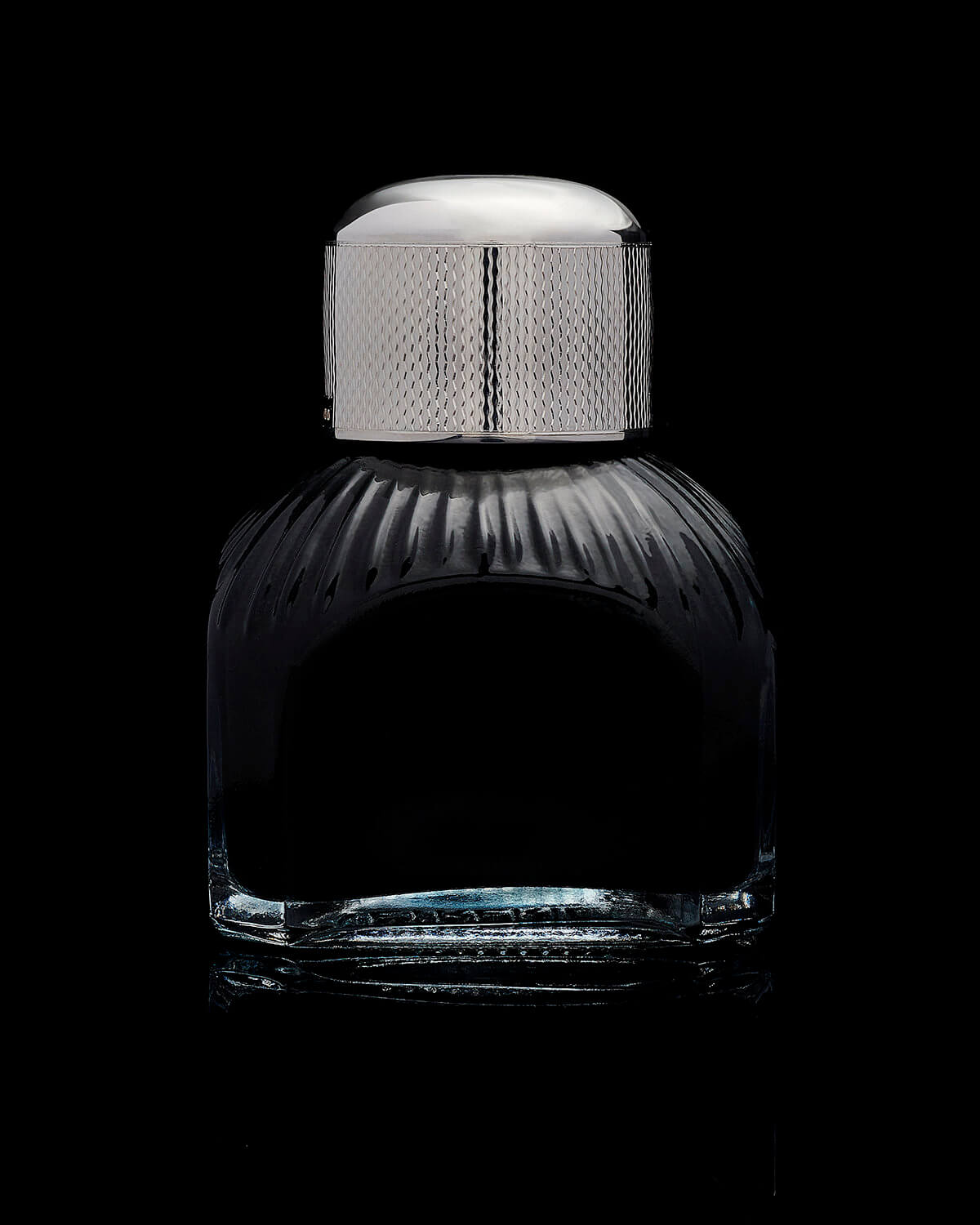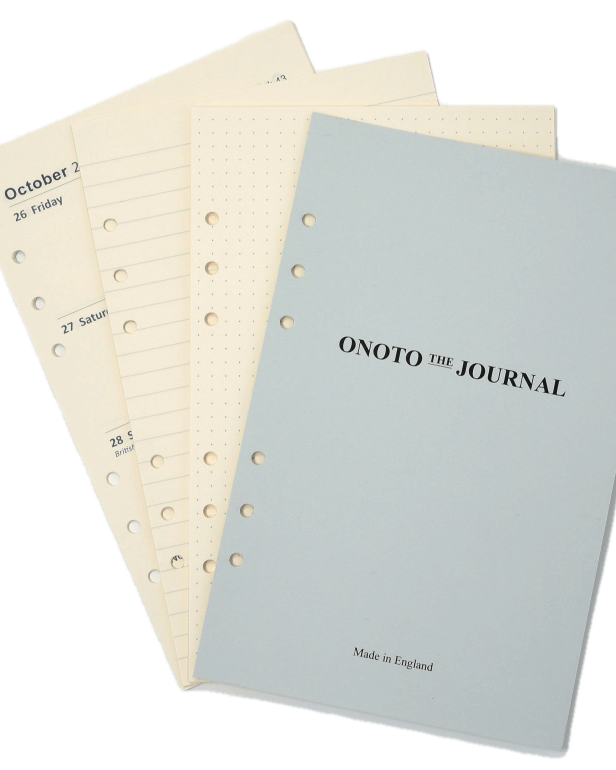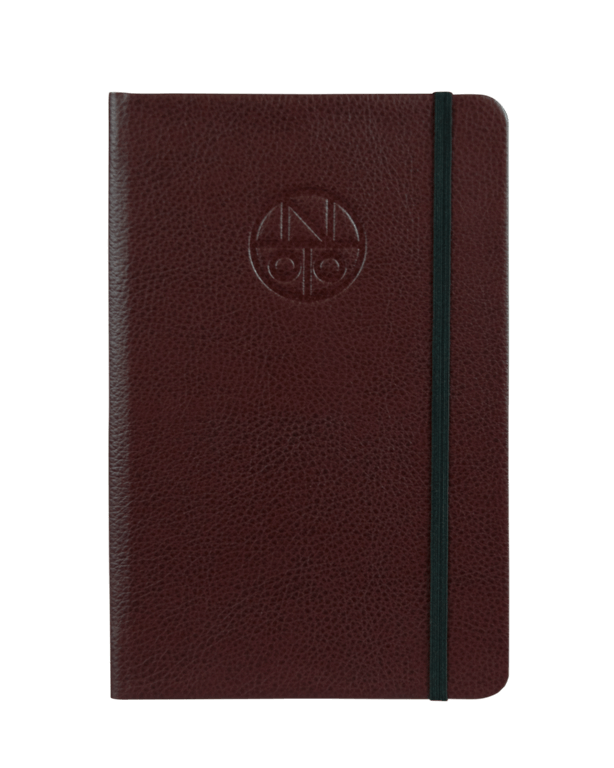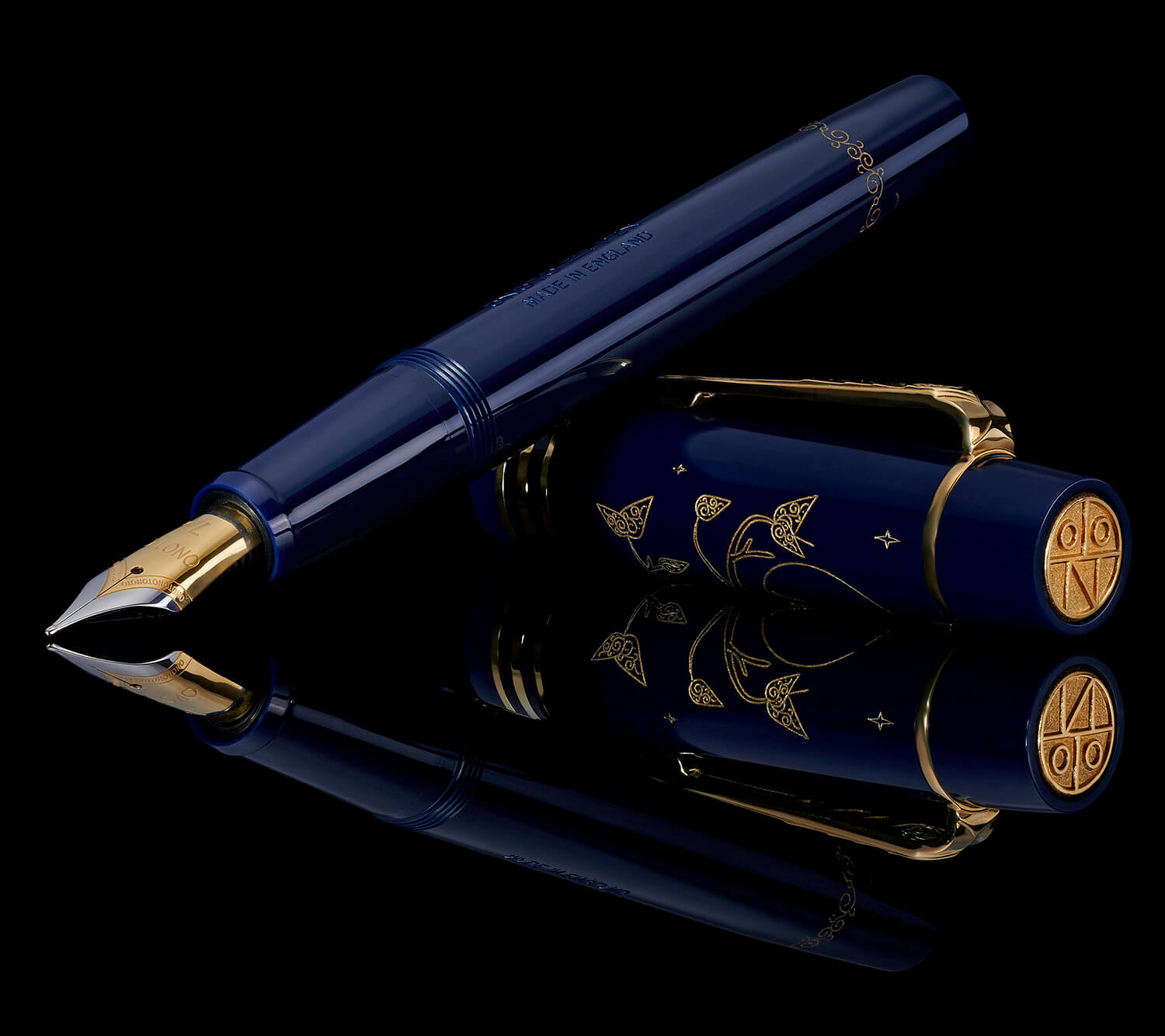In the slow warming of the earth, as the sun starts to linger a little longer, and arrive earlier every morning, we may hear from our windows, the first tentative notes of birds eager to hasten the spring. As the cold vice of winter’s teeth begins to slacken, inexorably withdrawing its jaws, and the winds do not bite as they once did, we may wander more freely – perhaps quietly we shall walk into the inky night and gaze upward at twinkling millions. And, when spring is in bloom, if one should be so fortunate whilst gazing amongst the stars, you may even hear the notes of a nightingale.
The nightingale sings in a voice all of its own, when all other voices are quiet – just as the brightest star will pierce the murk of a dark night to glimmer brilliantly down upon wondering eyes. But it is the brightest star that shall burn for half as long.
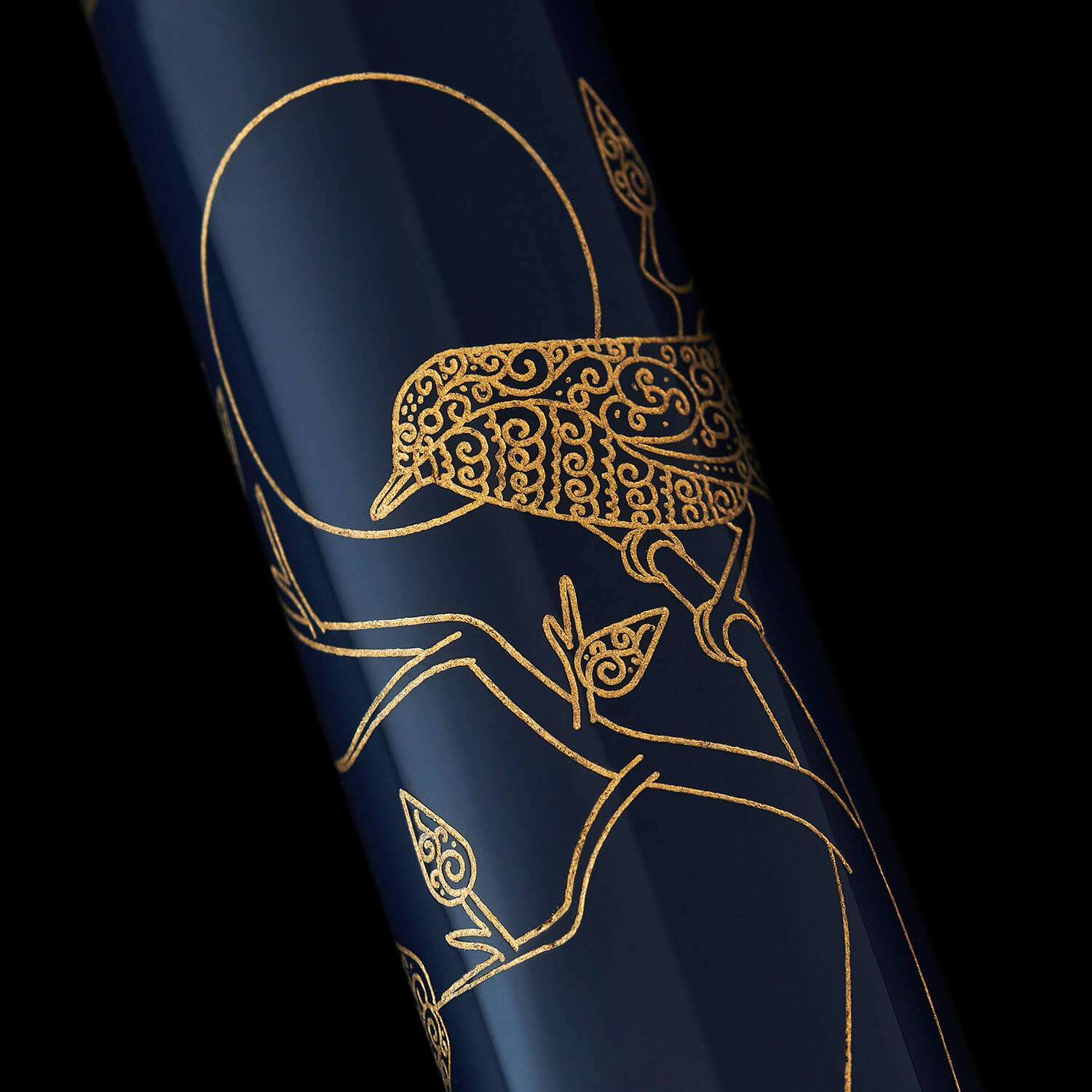
So it is with John Keats. Like the nightingale who sings in defiance of the dawn chorus, he is one who followed the path of his own making. One of the most celebrated poets of the 19th Century, Keats could have easily followed a conventional life as a doctor, but in his heart he knew that his was a hand meant for poetry, not prescriptions. It did not come easily. Like the night wanderer gazing at the heavens, Keats felt that as he wrote and honed his young art, he was “straining at particles of light in the midst of a great darkness”, searching for those special moments of human feeling, where a string of words carefully chosen might be plucked with a note pleasing to the human soul.
Much like the stars at which Keats strained, starlight takes a very long time to reach our little planet – so much so that, when we gaze upward we are probably viewing a vast lunar cemetery of long dead giants – our eyes lit by their ghosts. So it is too with Keats. Never finding more than modest success in his own lifetime, the meteoric rise of his work would come later. But he did not regret his choice, saying: “I leaped headlong into the sea, and thereby have become better acquainted with the soundings, the quicksands, and the rocks, than if I had stayed upon the green shore, and piped a silly pipe, and took tea and comfortable advice.”
His poetry makes a small collection by some standards perhaps – but when we hear a nightingale sing, we do not feel cheated that there isn’t a whole watch of them – we wonder at the beauty of this fleeting moment. Keats taught us to wonder in this way. His poetic style, loaded with unctuous sensualities, spoke of one who could see the universe in the smallest speck of life. Just as Keats, who wrote “If a sparrow come before my window, I take part in its existence and pick about the gravel”, we partake in the rhythms of the world when we stop to notice the budding flowers, to breathe in the green air, and to listen to the birds.
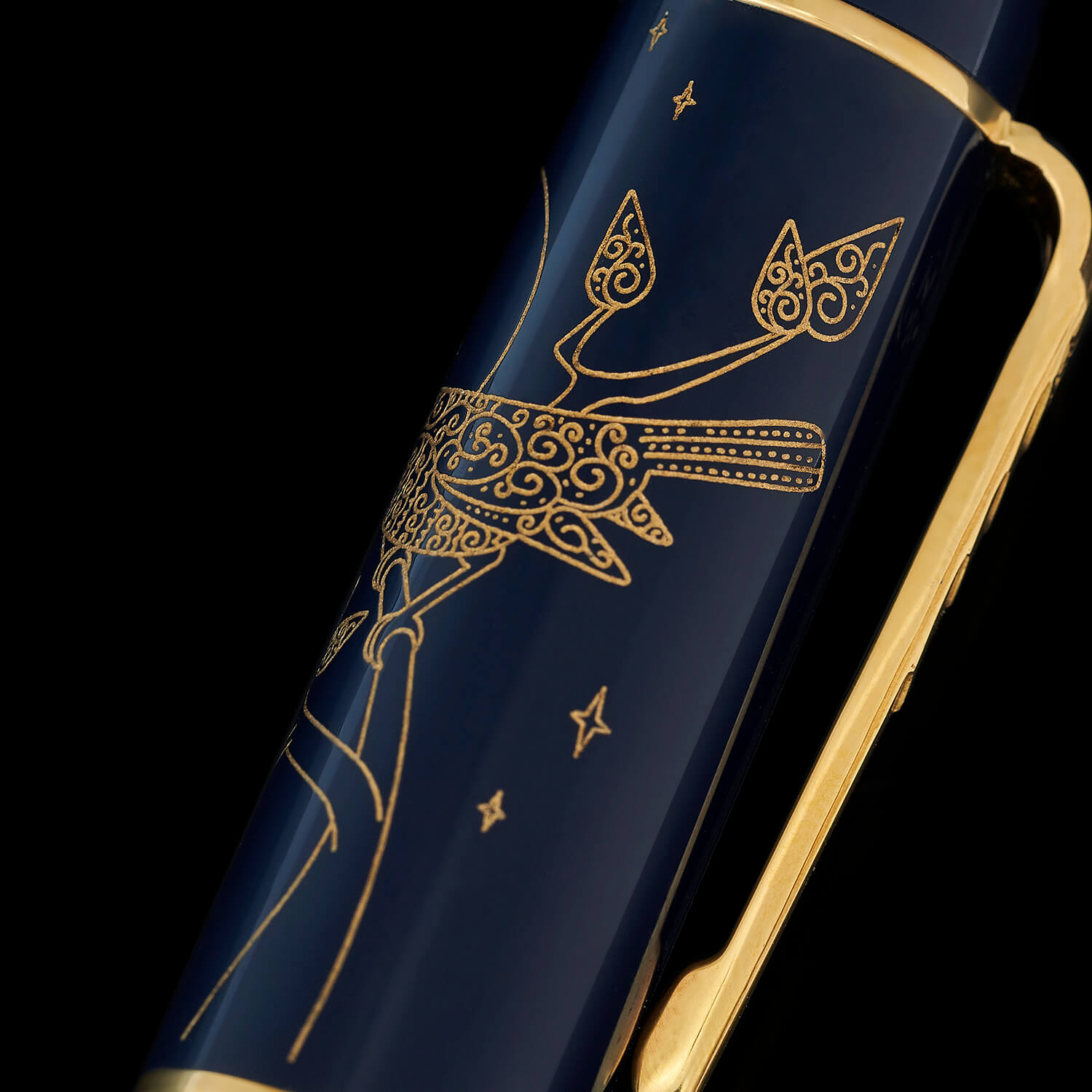
200 years after Keat’s death, we celebrate his enduring and influential light with the Keats pen, inspired by his Ode to a Nightingale – described years after his death as “one of the final masterpieces of human work in all time and for all ages”. His nightingale, dreamlike, peers down at us whilst perched against the ghost light of stars.
Based on the Onoto Magna design – a timeless classic, the Keats Pen bears delicate hand-gilded illustrations created by our master artist. The Keats pen is available in a limited edition of 25, to celebrate 25 years of Keats’ life.

Dear custodians, as the season unfolds, we dearly hope that you shall remember to take a moment to savour the small fleeting moments of life. Look up at the stars, breathe deep of the cool night air. Listen to the nightingale sing.
